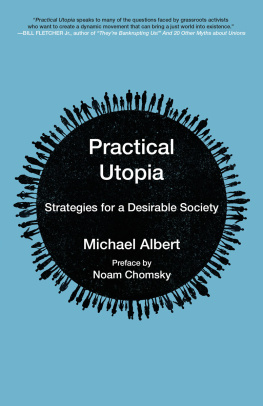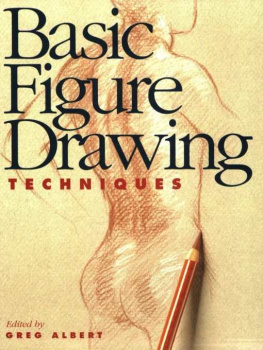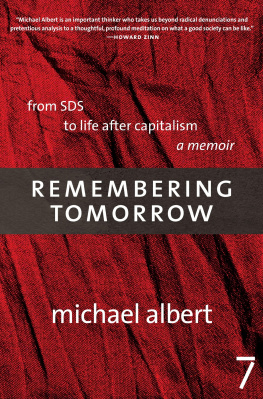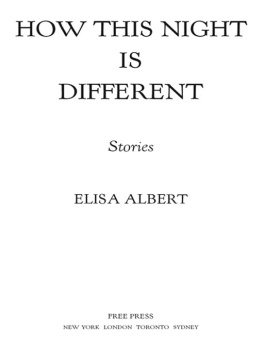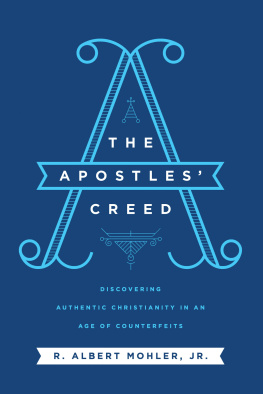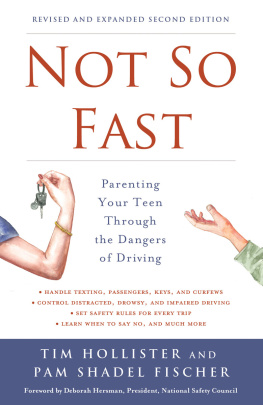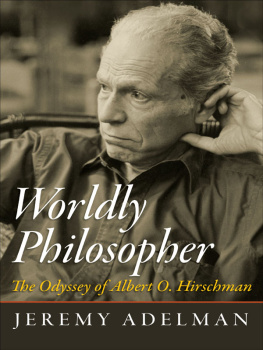Contents

ARE WE THERE YET?
ARE
WE
THERE
YET?

The American Automobile
Past, Present, and Driverless
Dan Albert

W. W. NORTON & COMPANY
Independent Publishers Since 1923
N EW YORK L ONDON
Copyright 2019 by Daniel Marc Albert
All rights reserved
First Edition
For information about permission to reproduce selections from
this book, write to Permissions, W. W. Norton & Company, Inc.,
500 Fifth Avenue, New York, NY 10110
For information about special discounts for bulk purchases, please contact
W. W. Norton Special Sales at specialsales@wwnorton.com or 800-233-4830
Book design by Lovedog Studio
Production manager: Lauren Abbate
Library of Congress Cataloging-in-Publication Data is available
ISBN 978-0-393-29274-9
ISBN 978-0-393-29275-6 (ebk.)
W. W. Norton & Company, Inc., 500 Fifth Avenue, New York, N.Y. 10110
www.wwnorton.com
W. W. Norton & Company Ltd., 15 Carlisle Street, London W1D 3BS
In honor and loving memory of,
1968 Ford Country Sedan, 1969 Buick Special wagon,
1972 VW Beetle BEV, 1975 Oldsmobile Custom Cruiser,
1978 Olds Cutlass Supreme, 1978 Dodge D100 Adventurer,
1984 Dodge Ram, 1985 Saab 900S, 2000 BMW 323i, 2007
F150, 2008 Honda Odyssey
CONTENTS

The authors 1985 Saab 900S, somewhere on a journey across America.
W E HAD SOME FRIENDS ON THE CAPE. THEY WERE ALWAYS so generous with us. Theyd invite us for dinners of steaks and wild mushrooms that they had foraged themselves. There was vodka. But when we would try to reciprocate they always demurred. So if Sasha Gessens son needed a car, I would give him a car. It wasnt pure generosity on my part though. My mother had been nudging me, and then nagging me, to get a new car. We were about to bring home a new baby. Daniel, she would say, the Saab is fifteen years old. You need something safer. Dont you want something newer? I put my foot down. Then she went to work on my wife. I lost, two against one.
Admittedly, plastic bits were falling off, and the body was still a little bent where it had been rear-ended. Yes, it wouldnt stay in third gear without a bungee cord, but the Saab had never let us down. My future wife and I had taken it on a six-week grand tour of America, down winding hollows in West Virginia and across the South Dakota prairie. At Great Sand Dunes National Park in Colorado, a kangaroo rat had bedded down on the warm engine overnight and the violent blowout of its little body popped a belt off when I turned the key. The ranger lent me a wrench and I put it back on. Guts and hair coated the engine compartment, but the musky smell through the air vents dissipated in a few days. It was gone by the time we reached the California coast, where we parked next to a campsite by the beach and watched whales swim along the shore in the late-afternoon sun.
When we returned to Michigan, I followed the maintenance schedule in the Saab 900 8 Valve Official Service Manual, refreshing belts, flushing coolant, and an oil change every 3,000 miles. I fixed minor problems (some of which I may have caused). I did the brakes and changed the clutch. Saab made planes for the Swedish Air Force and only turned to building cars after World War II when the warplane business went soft. As airplane designers, they were free from automotive conventions. They put the engine in backwards to make it easier to change the clutch and they put the ignition switch on the floor between the bucket seats, I assume because thats where you insert the key to start the engine on a Swedish warplane. So, it was a quirky car, a fun car, even a rare car out in flyover country. After West Virginia, we crossed several states before seeing another one. But, that was many years before the plastic bits and the bungee cord. Anyway, who wants to wrestle a car seat into a two-door hatchback.
So, my Saab became Keiths Saab and he dropped $500 on it to ensure that it could make the run between New York and the Cape for steaks and mushrooms. Anyone who has made that trip regularlyindeed any trip along the Boston-Washington corridorknows highway dysfunction at its worst. Traffic swarms the cities like a chaos of angry bees and you quickly become one of the angriest. The trip from here to there can take an easy four hours, or miserable seven, but its hard to know which when you depart. Traffic is unbearable, people say, but of course it isnt. Millions choose to bear it every day. My (our) 1985 Saab definitely didnt like stop-and-go traffic, in which it tended to run hot. It preferred the open road, where the aerodynamic body made it possible for a mere 115 horses to cruise at seventy-five miles an hour with ease.
Keith continued to care for the Saab. When it developed leaks, he fed it fluids. He dutifully swapped it from one side of the street to the other in observance of alternate side parking. New Yorkers get by without a car, and the city doesnt make car ownership easy, or cheap, but a car can definitely come in handy. Keith moved house twice and reports that each time he found that he had exactly two Saabs worth of stuff. They seemed a good fit, Keith and the quirky Saab. Then Sashas son killed my (our) car. It ran well enough, he tells me, until the night of the n+1 Issue 2 party. This would have been February 2005. Ill let him tell the rest, because I cant bear to:
Chad and I were in charge of liquor procurement, and we drove the Saab to this place in Sunset Park, under the BQE, where you could get beer pretty cheap, and we managed to fit 36 cases of beer in the car! We actually had an argument over whether itd be possibleI didnt think they would fit, Chad thought they would, and Chad was right. What we didnt realize was that this was too much weight for the Saab. The wheels were audibly rubbing against the wheel wells, and maybe something else was going on. Anyway, we made it back to our place and parked, but after that the Saab wouldnt move. The engine started, but the car wouldnt move. And there wasnt much time left until the party! Luckily our managing editors boyfriend was in a band and they had a van and we borrowed that.
From there the story devolves into tow trucks, lost paperwork, and a bicycle. I know he was sad, so I dont blame him. If you have tears, prepare to shed them now, he had said, before bending to the tale of the Saabs final days. And its only a machine, after all.
Im assuming it was in thanks for letting him share the Saabs final years, or a foreshadowing of guilt, that he asked me to write for his new magazines website. I sent him a piece about how Governor Arnold Schwarzenegger wanted to terminate my 1976 Buick Estate wagon. Keith made the piece much better, put it up on the website, and here we are.

THIS IS A BOOK about our relationships to cars and through cars and the stories we tell about those relationships, both as individuals and as a nation. How we understand the history of the American automobile and make sense of our automobile-dependent present will determine the driverless future.
My Saab story is uniquely my own, but hardly unique. Whether Americans ride in a car daily or almost never, they inhabit a nation, the landscape, society, culture, and economy of which were remade during the twentieth century around the privately owned automobile. That uniquely American experience of teaching our children to drive bonds us together. It is a fraught moment, a time of uncommon closeness between parents and their adolescents yearning to be free. They suddenly need their parents in a way they havent since puberty. For parents, it is bittersweet. We see our roles reversed and our babies moving freely in the world for the first time. Their operators license will identify them as first-class citizens, with all the privileges of a driver. Second-class citizens, those too poor, too old, or too infirmed to have a car, still must inhabit the landscape the automobile has wrought and remain dependent. Deadening sprawl has made walking, cycling, and even motorized mass transport logistically impossible. Like it or not, automobility is our national way of life.


